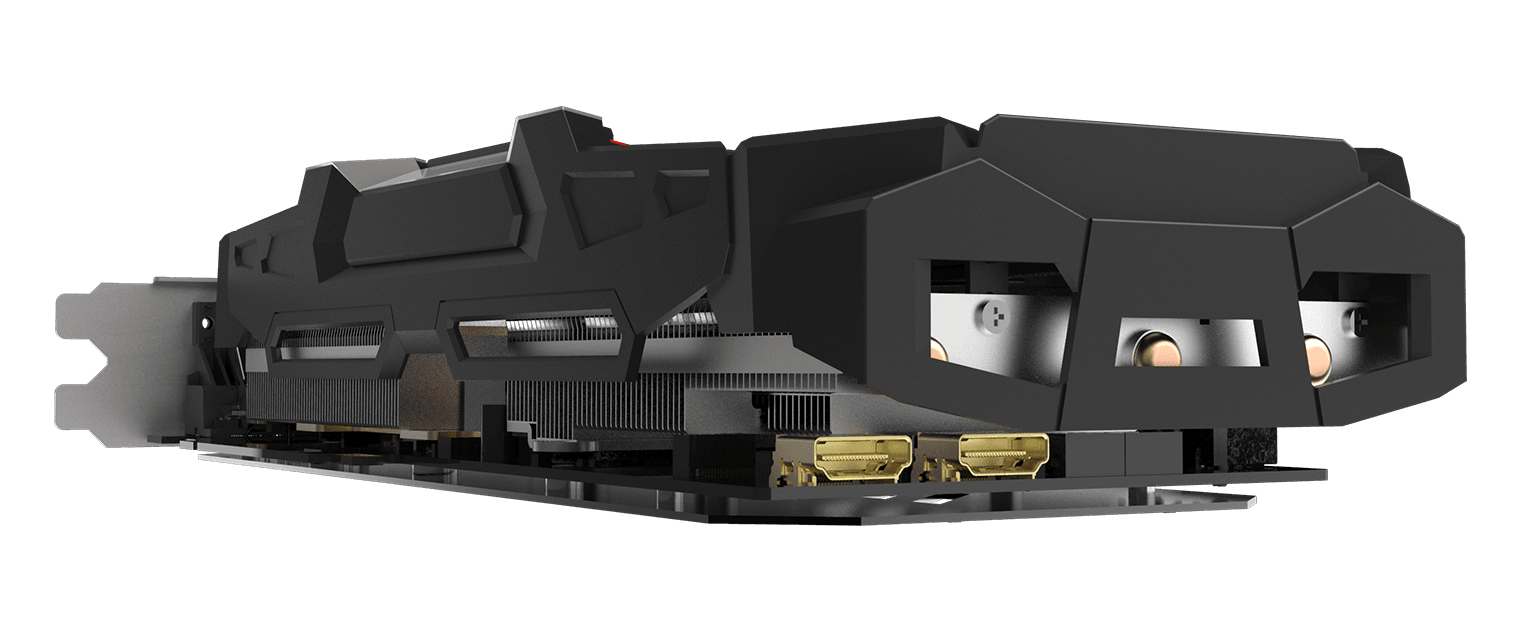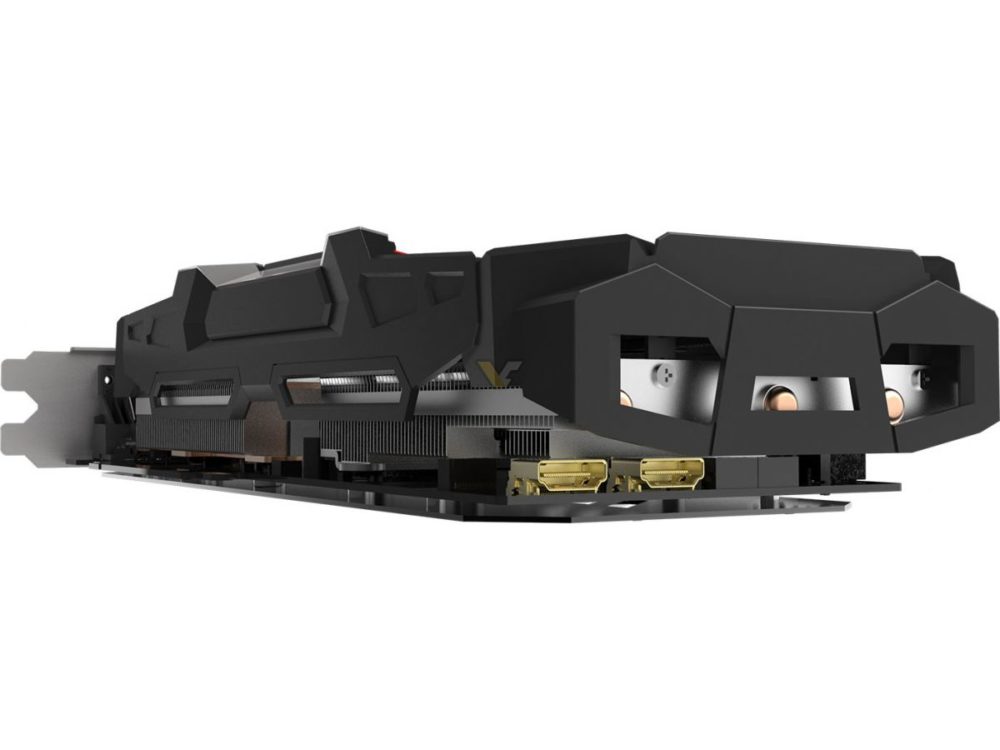
Gigabyte GeForce GTX 1060 Xtreme Gaming 6G (GV-N1060XTREME-6GD ): características, especificaciones y precios | Geektopia

AORUS GeForce® GTX 1060 Xtreme Edition 6G 9Gbps (rev. 1.0) แกลลอรี่รูปภาพ | กราฟิกการ์ด - GIGABYTE Thailand

AORUS GeForce® GTX 1060 Xtreme Edition 6G (rev. 2.0) Características principales | Tarjetas Gráficas - GIGABYTE Spain

Gigabyte Aorus GeForce GTX 1060 Xtreme Edition 6G - Tarjeta gráfica Gigabyte en LDLC | ¡Musericordia!

AORUS GeForce® GTX 1060 Xtreme Edition 6G (rev. 2.0) Características principales | Tarjetas Gráficas - GIGABYTE Spain

AORUS GeForce® GTX 1060 Xtreme Edition 6G (rev. 2.0) Características principales | Tarjetas Gráficas - GIGABYTE Spain

AORUS GeForce® GTX 1060 Xtreme Edition 6G (rev. 2.0) Características principales | Tarjetas Gráficas - GIGABYTE Spain

Tarjetas Gráficas TARJETA GRÁFICA GIGABYTE GTX 1060 AORUS XTREME ED 6GB GDDR5 - DMI Computer S.A. - Mayorista y distribuidor Informático

Gigabyte Aorus GeForce GTX 1060 Xtreme Edition 6G - Tarjeta gráfica Gigabyte en LDLC | ¡Musericordia!

AORUS GeForce® GTX 1060 Xtreme Edition 6G (rev. 2.0) Características principales | Tarjetas Gráficas - GIGABYTE Spain

Gigabyte Aorus GeForce GTX 1060 Xtreme Edition 6G - Tarjeta gráfica Gigabyte en LDLC | ¡Musericordia!

AORUS GeForce® GTX 1060 Xtreme Edition 6G (rev. 2.0) Características principales | Tarjetas Gráficas - GIGABYTE Spain

AORUS GeForce® GTX 1060 Xtreme Edition 6G (rev. 2.0) Características principales | Tarjetas Gráficas - GIGABYTE Spain

AORUS GeForce® GTX 1060 Xtreme Edition 6G (rev. 2.0) Características principales | Tarjetas Gráficas - GIGABYTE Spain











